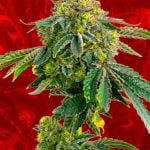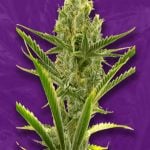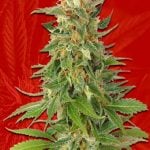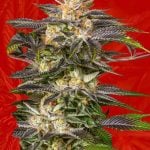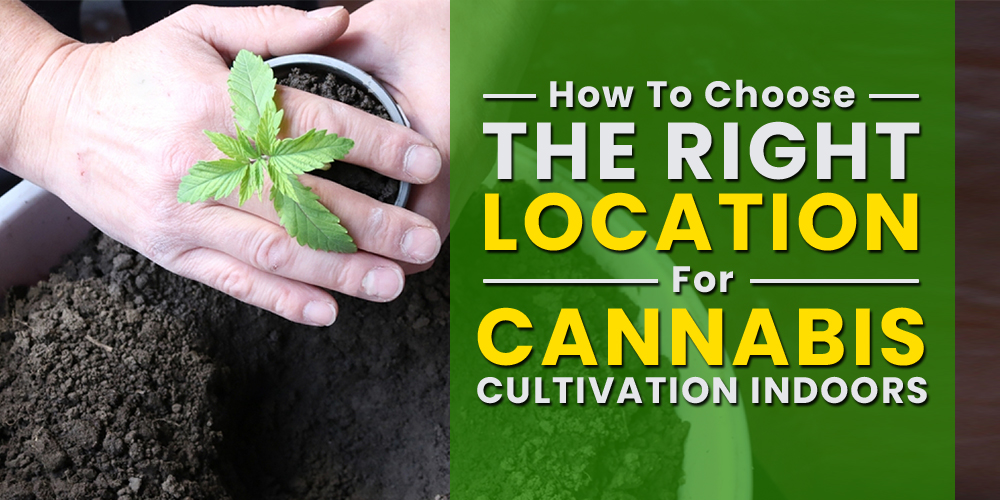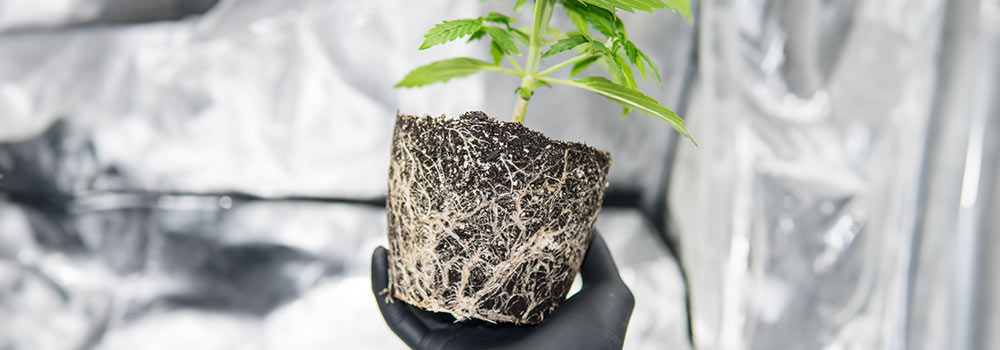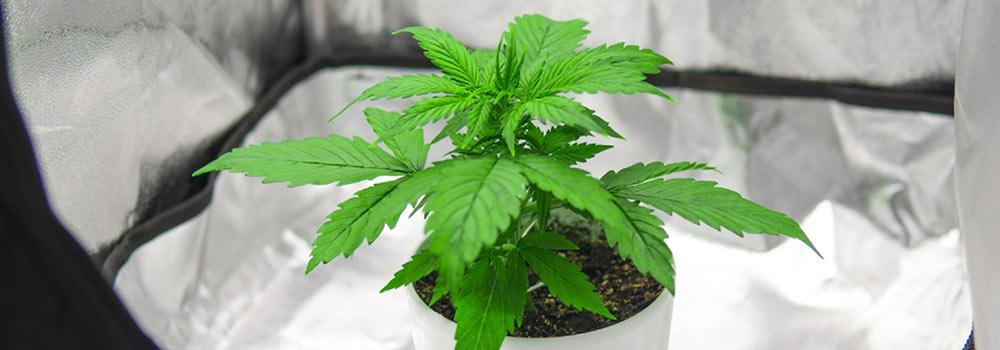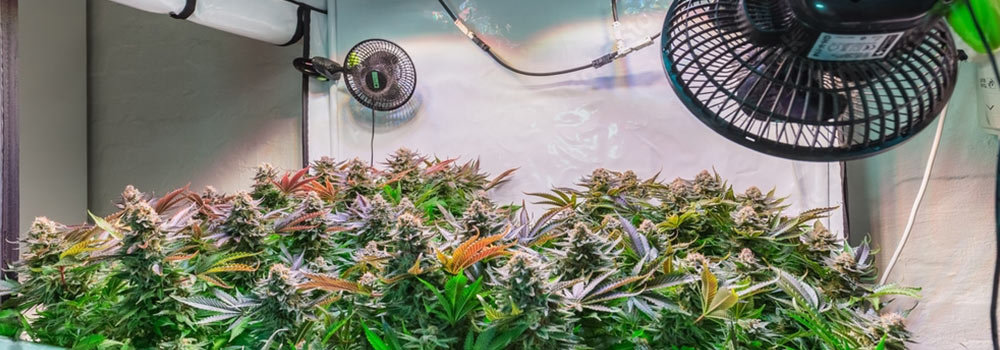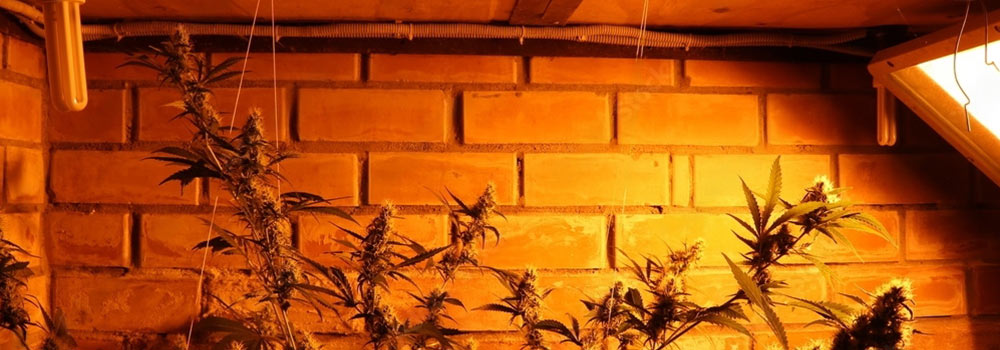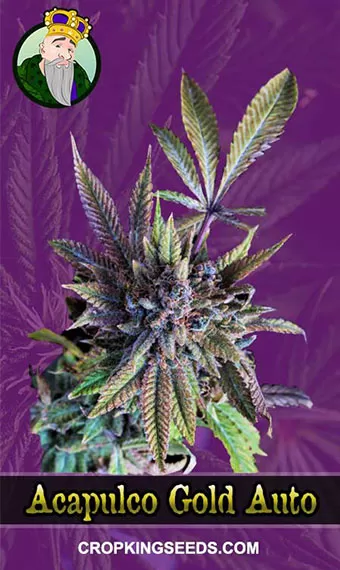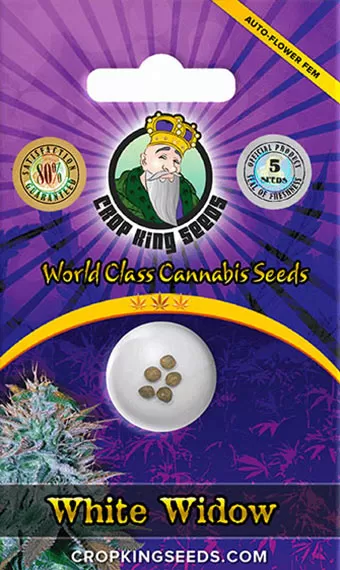Many are concerned about cannabis cultivation indoors and where is the right place to strategically and stealthily place these plants. Regardless of the number of plants or the type of lighting and growing system you use, your top priority should always be stealth. You want your hard work worthwhile even if a neighbor sees your lights or a guest stumbles upon your growing room.
This article will provide you with tips on how to keep your garden secure and confidential. Following these simple and quick precautions and strategies, you can focus on growing your plants without worrying about prying neighbors or experiencing anxiety whenever someone visits your home.
The Possible Locations
The right location is crucial when cannabis cultivation indoors for several reasons. Firstly, placing your garden in the wrong location can increase the chances of being caught, resulting in legal consequences. Growing in an unsuitable location can also negatively impact the plant’s growth and development, leading to a less productive harvest.
Therefore, finding the right location for your cannabis plants is essential. This includes considering light, ventilation, temperature, and humidity. By selecting a suitable location, you can ensure that your plants receive the conditions to thrive and reduce the risk of being discovered. The right location can help you achieve a successful and bountiful harvest.
An Empty Closet
Pros
A well-defined space can be created, eliminating the need for a grow tent. The growing area can be established by covering it with Mylar or panda film and ensuring that no light seeps through the door.
The temperature in the growing area will be similar to that of the rest of your house, so minimal equipment, such as fans, will be required.
Cons
If there is no lock on the door, people searching for a bathroom or paper towels may unintentionally enter the growing area. Therefore, a private closet is preferable.
The available space for growth is limited.
Ventilation is lacking in closets, which can cause heat and stuffiness. To address this issue, intervention may be necessary. Despite this issue, closets still make great growth areas.
The Old Attic Trick
Pros
Attics are usually private and not part of a house tour, making it unlikely for anyone else to enter without your knowledge.
The grow room in an attic can provide a bright environment, and there are fewer opportunities for light leaks, reducing the chances of alerting neighbors.
There is ample space available in an attic.
Cons
Accessing some attics can be difficult.
Attics that are poorly insulated require numerous fans to keep the area cool during summer and a heating system for the winter to ensure the plants produce a sufficient amount of bud. Plants could die from excessive heat or insufficient heat.
There may be a limited number of electrical outlets available for equipment.
The Garage
Pros
A grow tent can be easily concealed in a garage and disguised as something innocuous like a tool cabinet.
The temperature in a garage is relatively stable, staying cool in summer and warm in winter.
Cons
It’s not advisable to grow in a garage not attached to your house. The growing area should be close to and easily accessible from your living area. People may become suspicious if they see you transporting many lights and growing supplies to a detached garage.
The Basement
Pros
Basements usually have few or no windows, which minimizes the risk of light escaping the growing area.
The temperature in a basement remains stable throughout the year.
Basements often provide ample space for growing plants.
Cons
Some people use their basements as living spaces or playrooms, so setting up a garden there can draw unwanted attention.







